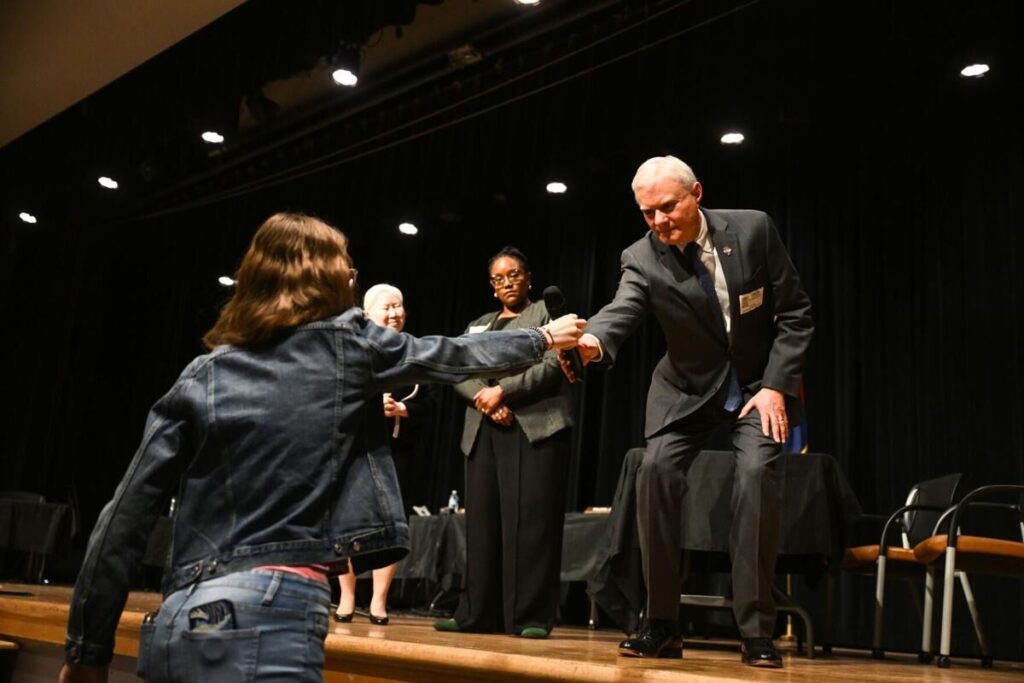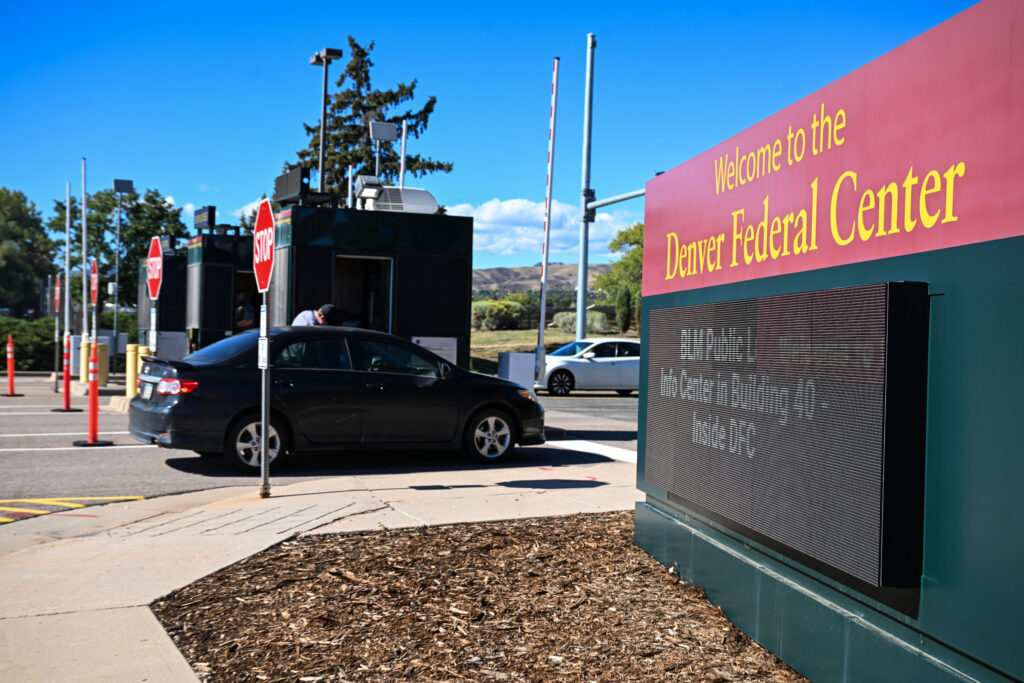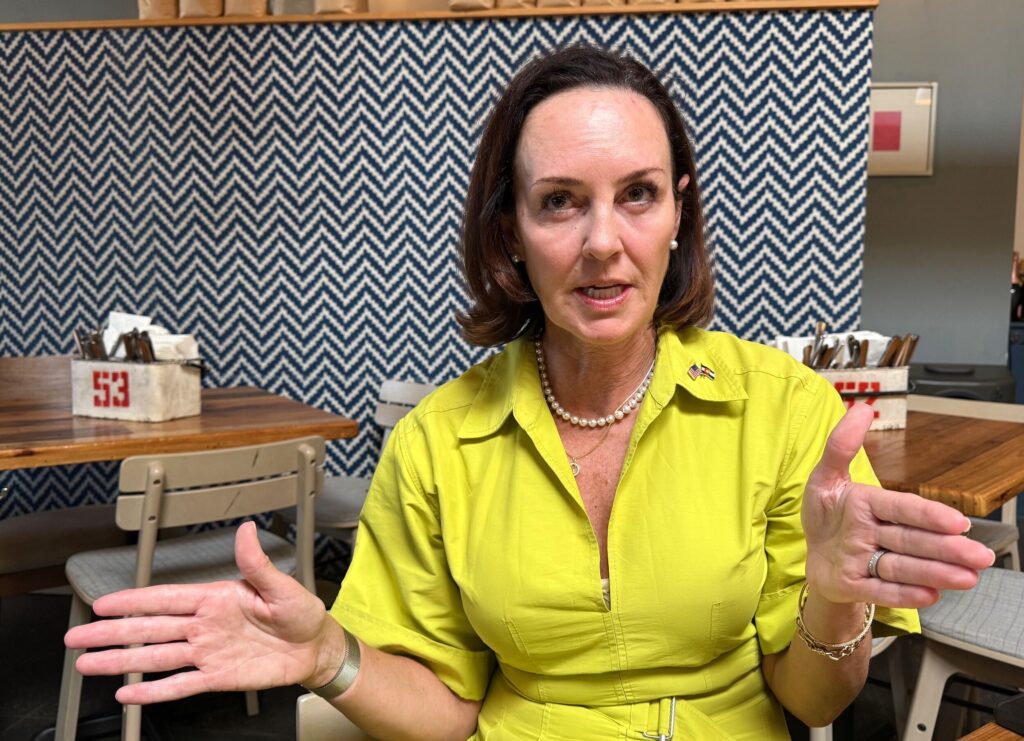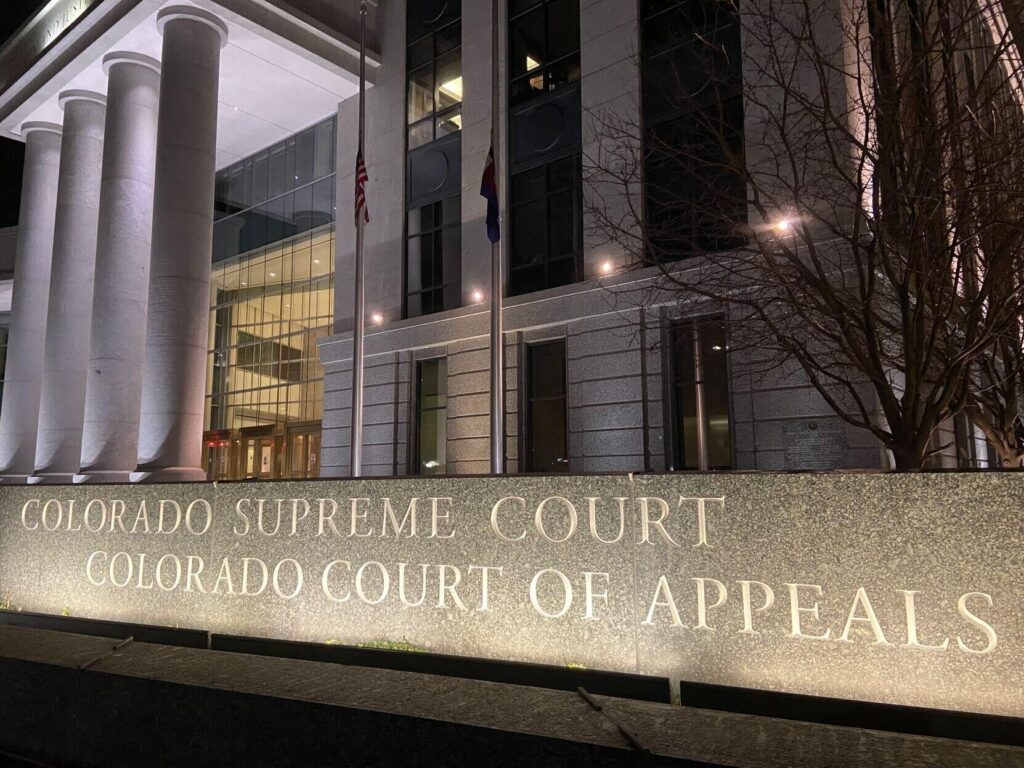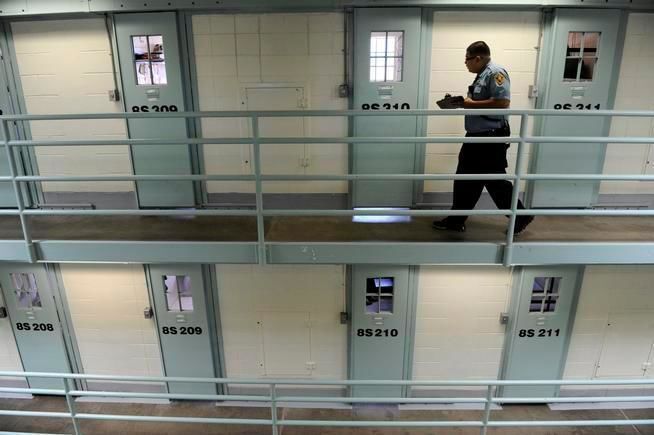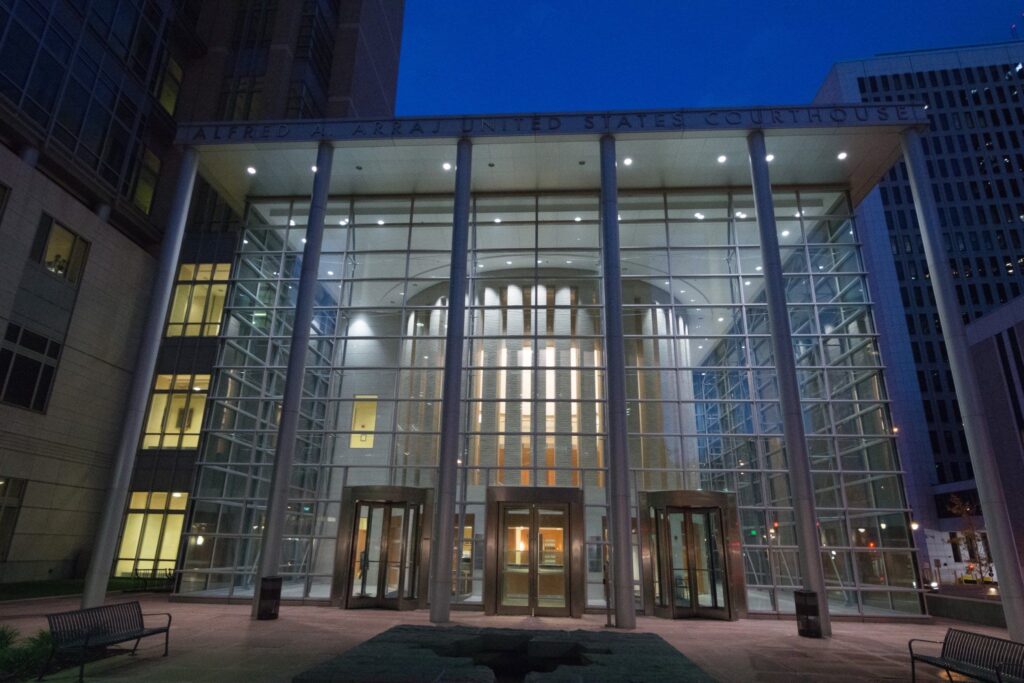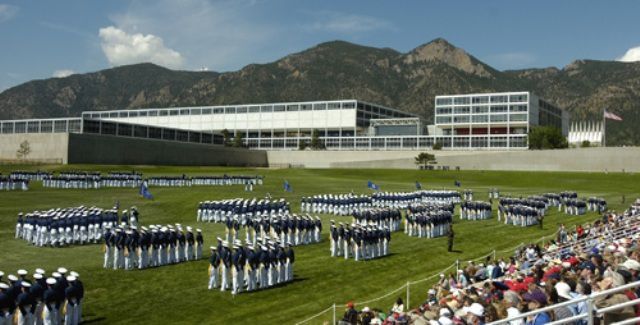Town of Kassler supplied water for a thirsty, growing Denver
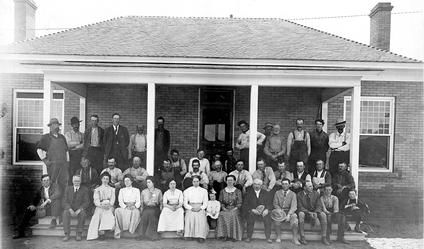
Kassler, Colorado. You’ve most likely never heard of it, even if you’ve lived here all your life.
Population: No one kept track exactly how many lived in this small community but, at its peak, probably no more than 40. It never had a mayor, a government, or even police or fire departments. It did have a one-room schoolhouse, where children carried in coal on cold winter mornings to heat the stove, and near the school was a cemetery.
Location: That’s the surprise. If you’ve been to Chatfield Reservoir, Lockheed Martin or Roxborough State Park, in Jefferson County, you’ve either driven right through it or past its last remaining buildings.
Kassler was a company town, and the company was Denver Water.
The utility – it serves 1.3 million customers in Denver and surrounding suburbs – sponsored a recent lecture about Kassler and has established an interactive, virtual tour of the place, all in order to tell how water travels from mountain streams to faucets in the metro area. The town’s story was told by Denver Water archivist Holly Geist on July 21 at History Colorado as part of a lecture series about Denver Water’s history.
The town, named for Edwin Stebbins Kassler, one of the board members of the private company that preceded Denver Water, was established in 1901 as one of the first filtration plants for water coming from the South Platte River through Waterton Canyon.
When Denver was founded, along the banks of the South Platte River and Cherry Creek, residents got their water directly from the river or from riverside wells. But that wasn’t the best, or cleanest way to get water. People bathed in it and washed their clothes in it and, as the city grew, the river began to fill with industrial waste. In addition, as more and more residents moved to Denver, the river could no longer provide enough water for residents, especially during a drought.
The solution came at the turn of the 20th Century: go upstream on the Platte, into Platte Canyon, now known as Waterton Canyon. To clean the water, the private company that eventually became Denver Water built the first “English slow-sand treatment system” west of the Mississippi, at Kassler, which could filter up to 50 million gallons of water a day.
Construction on the Kassler system began in 1901. But its distance from Denver, and the fact it had to be in operation around the clock, meant workers needed to be close by. Thus was born the town of Kassler. Workers built a boarding house, a bunkhouse, and eight single-family rental cottages, since it wasn’t only single men who worked at Kassler. They also built an administration building, a barn for the horses and a blacksmith, a schoolhouse with room for eight grades, and something called a measuring house, where engineers governed how much water was pouring down the pipes.
Water was filtered through four sand “beds,” or “cribs,” totaling a bit more than 10 acres. The sand was layered on top of gravel, with pipes beneath. There were cast-iron pipes, still in use today, and wood-stave pipes, which looked barrels, but without ends. Water would flow through the sand, removing particulates, then through gravel and into perforated pipes and then on to Denver in ditches.
Workers had to manually remove silt that emerged from the water and into the sand, labor Geist described as “back-breaking,” though by the 1950s, tractors had taken over cleaning the silt.
Working at Kassler was sometimes a family affair, according to Geist. Generations worked there, with jobs passing down from one generation to the next. One family, the Swans, were among the first to live at the town and also among the last to live there, when the plant was decommissioned in 1985. The last house still standing in Kassler was once their home.
Today, what remains of Kassler is the administration building, the Swan House, and the barn, all used for educational tours. Geist said Denver Water is putting together a plan, based on input from the community, to determine whether the buildings will be restored, set up as a museum, or used some other way.
The final presentation in the series “Colorado’s Water Stories” is 7-8 p.m. Aug. 18 at the History Colorado Center, 1200 Broadway, in Denver. It’s a chance to meet the people behind the Living West exhibit and hear their stories about water and its importance to the state. The event is free.
– info@coloradostatesman.com




